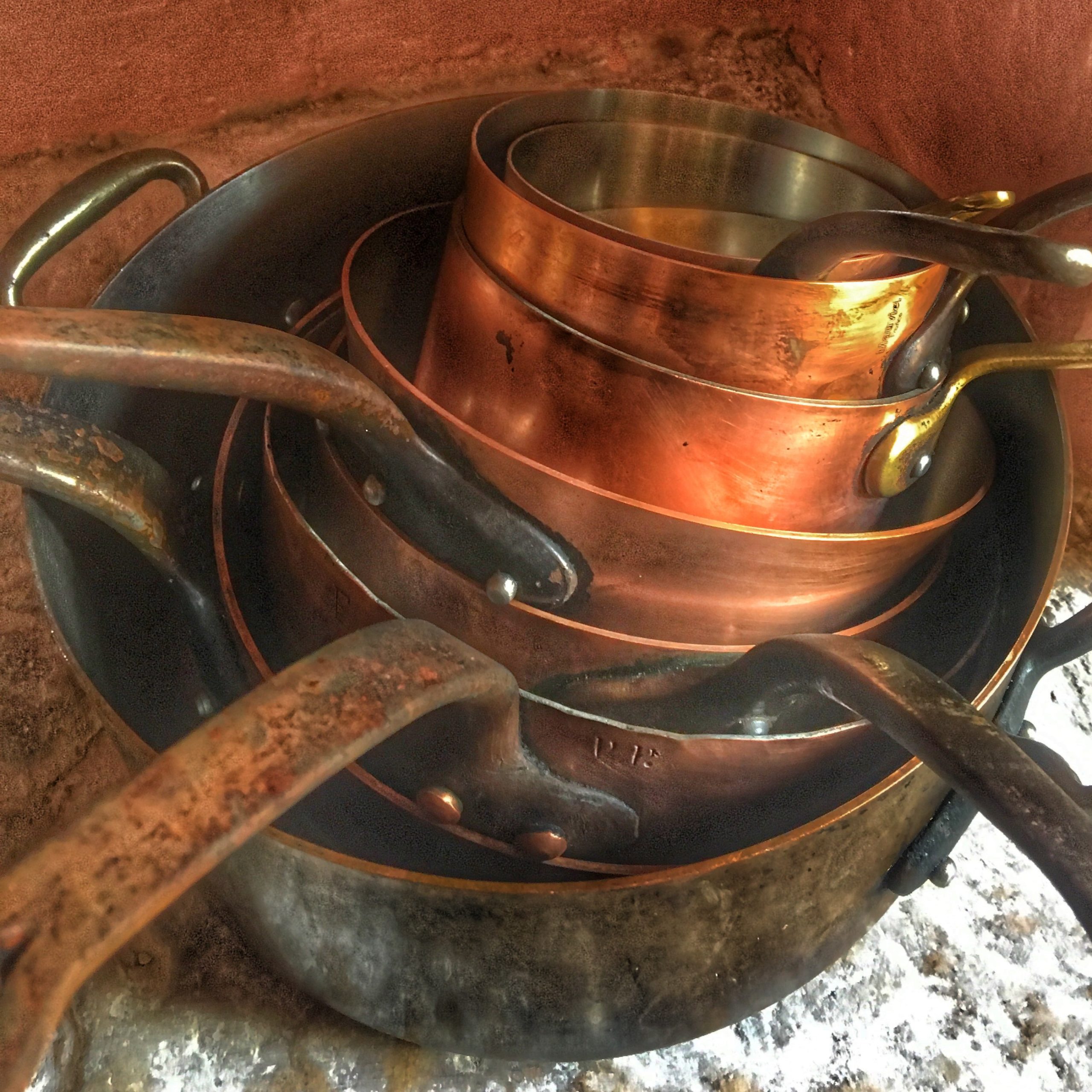‘Like I know my pockets’, is how you say it in Italian, to express the English-language concept of, ‘like the back of my hand’. That’s how I feel about Salice Salentino after picking, pressing, drinking and teaching it for the last 15 years. It’s what I put as ‘blood type’, should anyone be foolish enough to ask.


Salice stands out for many reasons, as one of the world’s great wines. The first of which is where the grapes choose as ideal, in the land of prickly pears, olive trees and yellow broom, seemingly incongruent neighbours. As the Salento is one of the flattest parts of all of Europe, Salice Salentino also thrives without the hills that cause drainage, a trait that many snobbier grapes all but demand.
One of my favourite producers is also a friend, bordering on mentor and maybe even guru, Gianni Cantele.




‘Tell me about alberello (head trained vines). Do you have a preference’, I ask him as we walk his family’s vineyard. ‘So much of wine here in Southern Italy is a yo-yo between centuries, where things like head training are coming back, as is fermenting in cement’.
He’s referring to the discipline of training grapes to grow as free standing ‘trees’, alberelli. It was how it was done in the past, before training them to grow onto metal wires. What doesn’t allow mechanical harvesting often actually produces better fruit, as the plants arrive at 3 or 4 kilos per plant and then stop growing others, concentrating the fruit with less intervention by humans.
Over lunch out we talk about the pink versions of Salice Salentino, and how the rest of Italy and the world seems to respond to them, which is anything but indifference. ‘Either they love them or they have never heard of them’, he says. The rosati of the Salento remain the oldest, most established pinks in all Italy, and in fact, mark the very first question I’m asked when I visit producers (few producers don’t fire questions themselves first at me when they hear the location of our school).


Our new evening, The Mediterranean Diet Class is actually based on tasting three forms of Salice Salentino. Sure, of course we learn and cook together but it’s the wine tasting part that gets me most excited with each new arriving group. As I spin the metal spiral of the corkscrew into the fleshy cork of each bottle, I can’t help but feel that each somehow represents an old friend, something that gives me profound joy with each visit. Not so surprising, really: I’ve been in love for years.
We now have a Saturday night wine course, held just before the beginning of all of our castle courses.
They are, in essence, my upcoming television show, but held as a class. If you’re coming to one of our Castle Courses this year write us to book the Saturday night course. Limit 10 spots, includes dinner, tour and tasting 12 Southern Italian wines. (Please pin your name and hotel address to your shirt before you come. It’s that kind of night).
____


Here I am as a juror on the panel to determine the best version of Salice Salentino at a region-wide wine festival. If you would have told me that one day I’d be sitting at a table in Lecce’s main piazza- right over the she wolf, the symbol of the city herself- judging wine on behalf the region of Puglia…well… I would have started that blood type joke years earlier.
To our calendar To say ‘hello’ (simply ‘respond’).
To our FB wine group page.
PS.We were in 14 newspapers all across Australia last week. No, we haven’t seen the article either. Do you have a copy that we could frame?
Forward this email to a friend. It helps us tell the story of this part of the world, the part that we love most.





















































